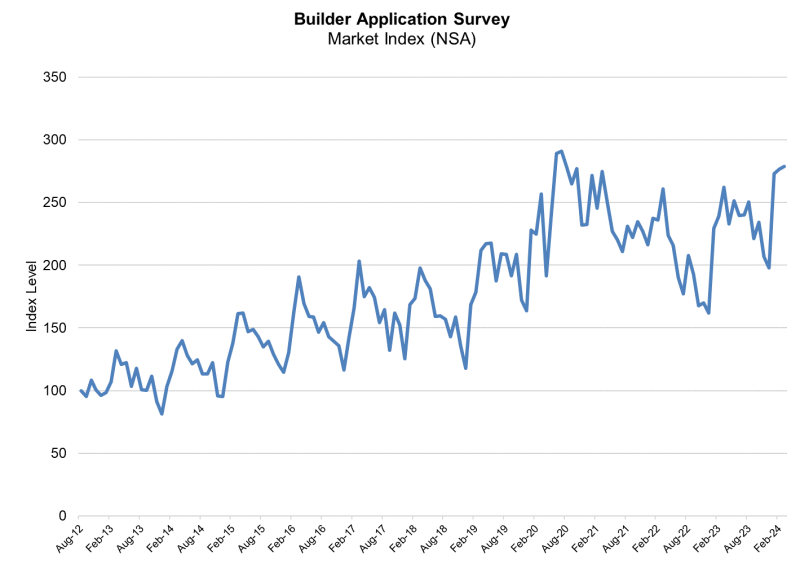Advertisement
NFCC Paints Profile of Typical Borrower Issues

Mid-year is often a time when many evaluate where they stand financially. To help consumers measure their financial health, the National Foundation for Credit Counseling has provided a picture of the typical consumer who came to an NFCC member agency for financial counseling in 2013, and encourages consumers to use this information as a financial check-up tool, benchmarking their situation against those who self-identified as being in need of financial guidance.
“More than 1.5 million consumers reached out to an NFCC member agency last year for answers and solutions to their financial concerns around debt, housing, budgeting and bankruptcy. Examining their financial profile can provide guidance for others, helping them determine their own level financial wellness,” said Gail Cunningham, spokesperson for the NFCC.
Consider some of the red flag characteristics of consumers who sought financial counseling from an NFCC member agency in 2013:
►The number one reason to seek counseling was “poor money management,” eclipsing “reduced income” which had held the top spot since 2009. Why a red flag: An improving economy may put more money in people’s pockets, but if not managed properly, it can still result in financial distress.
►The age of the majority of consumers was fairly evenly divided between 25-54, with young adults in the 25-34 age group leading the way (24 percent), followed by the 35-44 range (23 percent), and the 45-54 group (21 percent). Why a red flag: Financial problems can occur at any stage in a person’s adult life which, if left unaddressed, can begin a negative spiral from which it can be difficult to recover.
►The average household take-home income was $35,081, with an unsecured debt of $17,548, resulting in an unsecured debt to income ratio .50. Why a red flag: Owing too much relative to your income resulting in a high debt-to-income ratio not only makes it harder to meet all debt obligations, but can hinder future borrowing.
►Consumers seeking help carried an average of 5.7 credit cards. Why a red flag: The number of credit cards a person has is not as important as how they manage them. Whatever the number of cards, maxing out the lines of credit will likely harm a person’s credit score.
“Consumers are smart to contact a trusted organization for financial help,” said Cunningham. “However, the one mistake many of them have in common is that they wait too long to reach out for assistance. Delaying taking action allows the problem to escalate, often causing financial damage that could have been prevented.”
About the author





